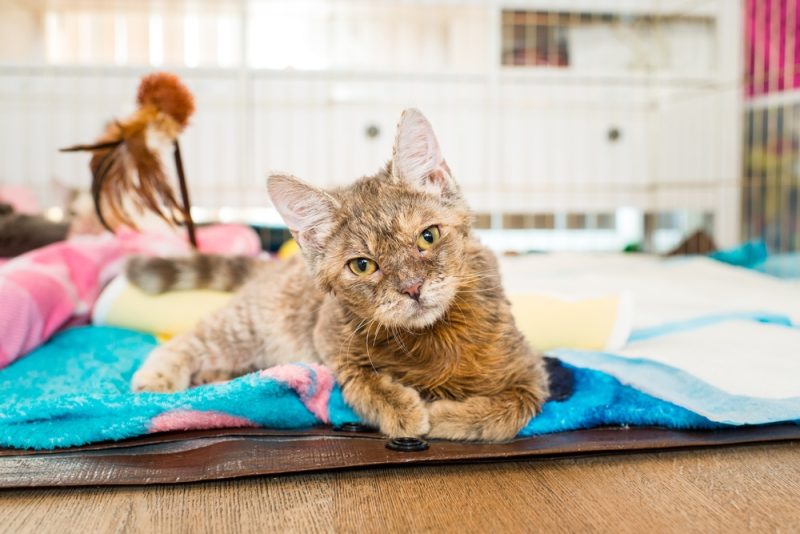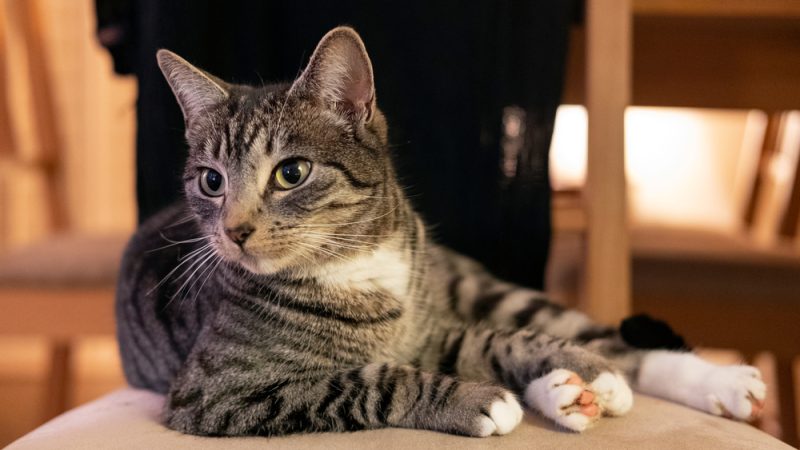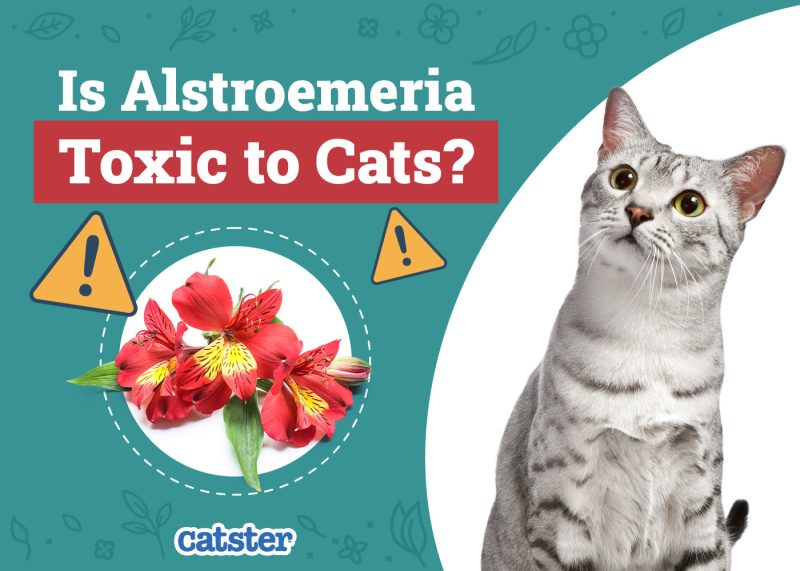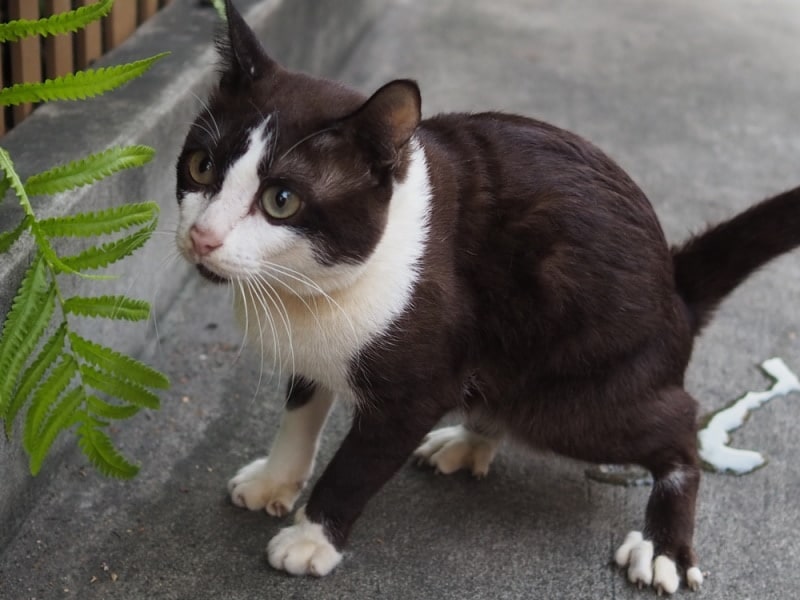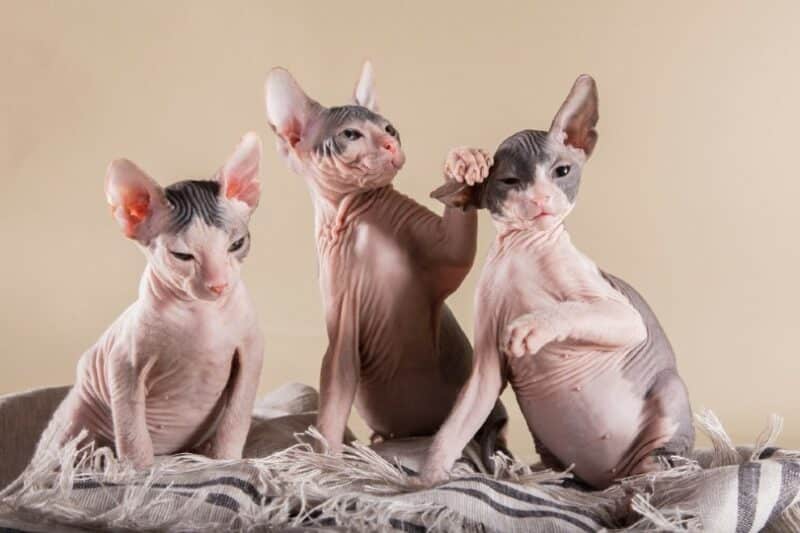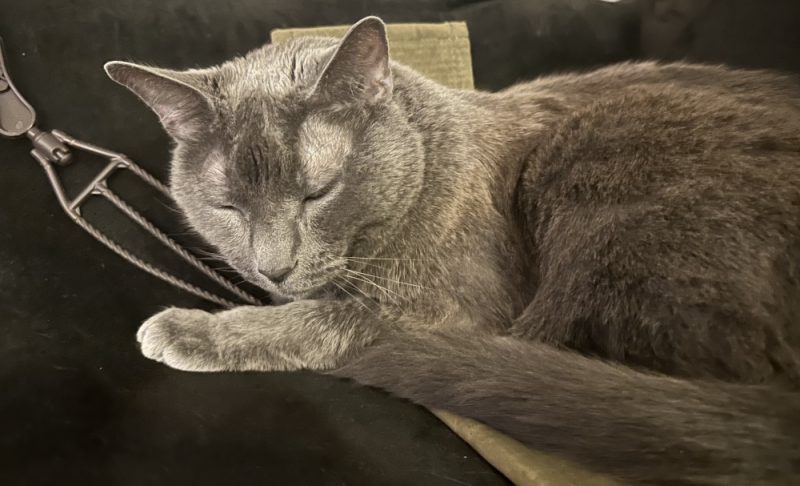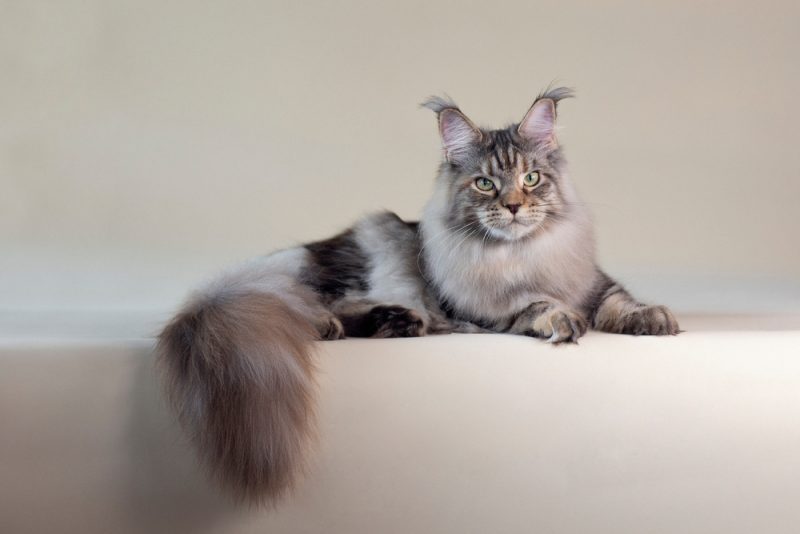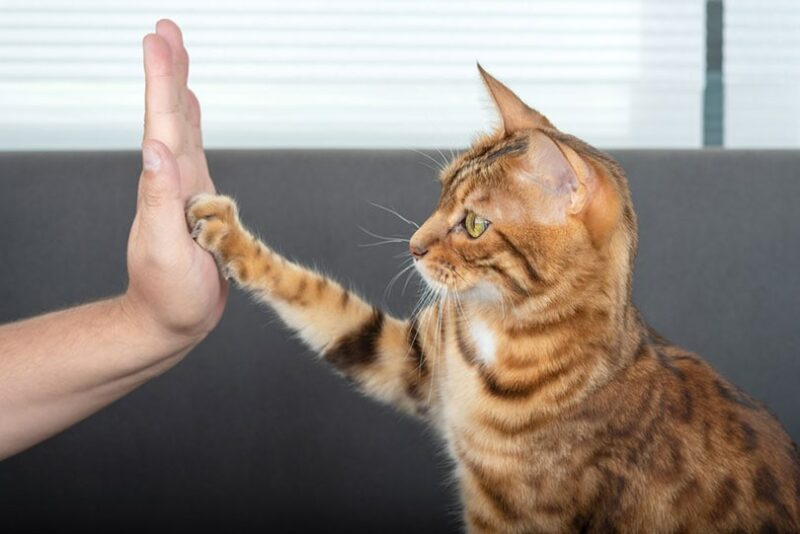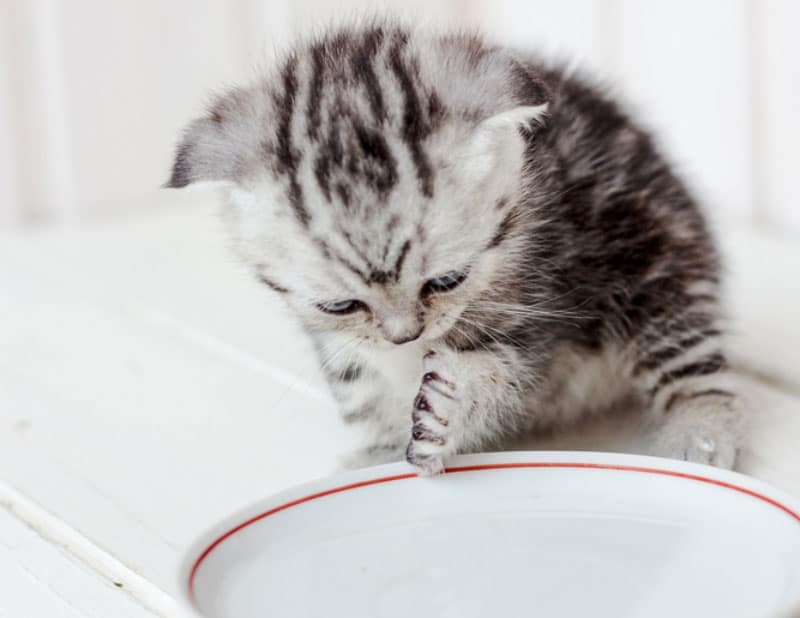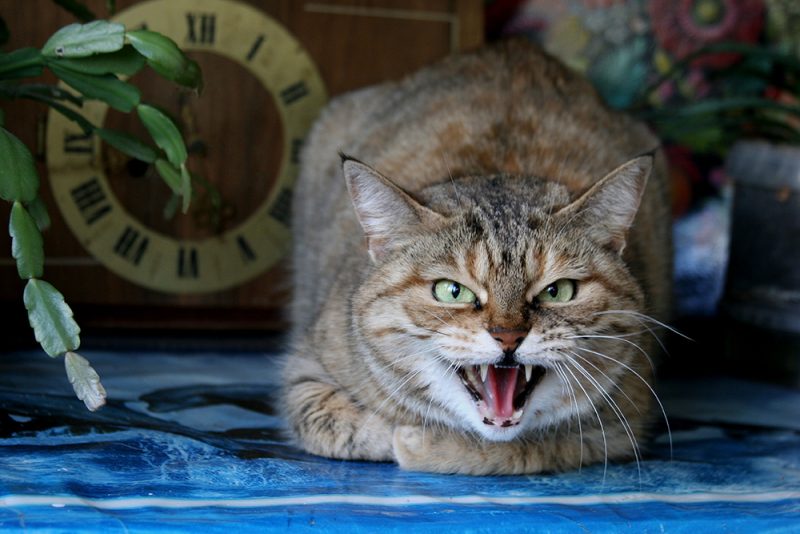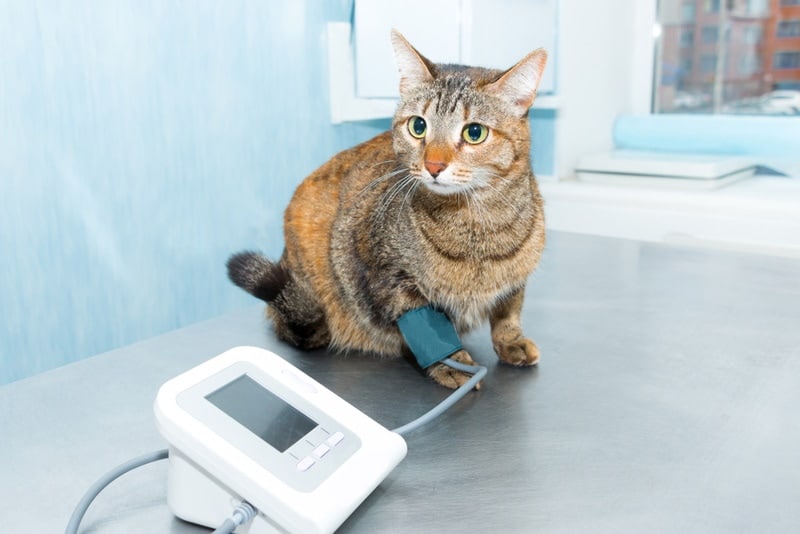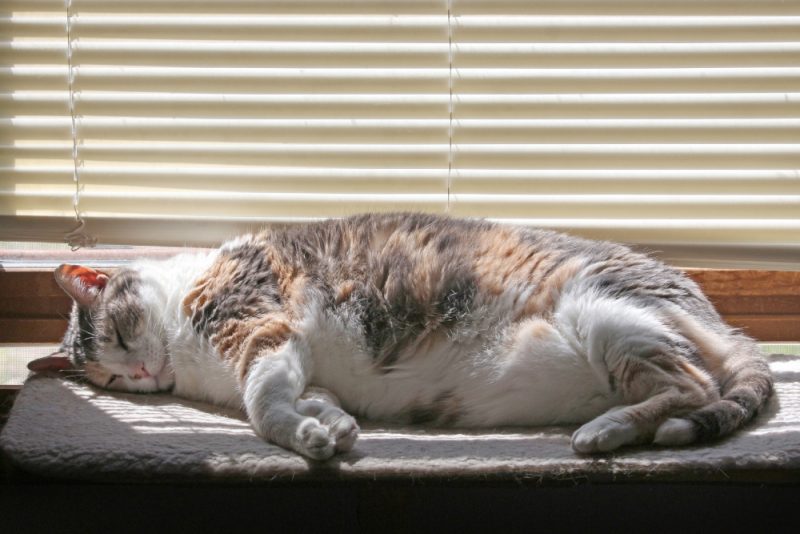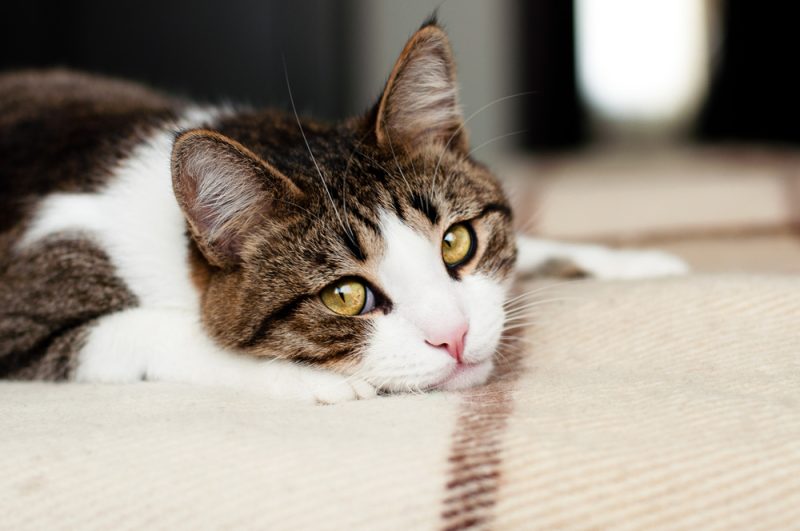Most cats are known for being graceful, agile, and light on their feet, but for some, being clumsy is a way of life, and for a few of those cats, their clumsiness is due to something called cerebellar hypoplasia, or CH. Fortunately, this condition isn’t a common issue in cats, and it isn’t painful, contagious, or even life-threatening. So, what is cerebellar hypoplasia in cats all about? Let’s find out.

What Is Cerebellar Hypoplasia in Cats?
The cerebellum is below and behind the main portion of the brain. Its name is Latin for “little brain” because it looks like a baby brain compared to the larger “mother” brain. The cerebellum is responsible for coordinating cats’ movement, helping with balance and fine motor skills. Hypoplasia means incomplete or underdevelopment of an organ or tissue.
So, a cat with cerebellar hypoplasia has an underdeveloped cerebellum, or an underdeveloped ability to coordinate movement, underdeveloped balance, and underdeveloped fine motor skills. That means they may be seen as clumsy.
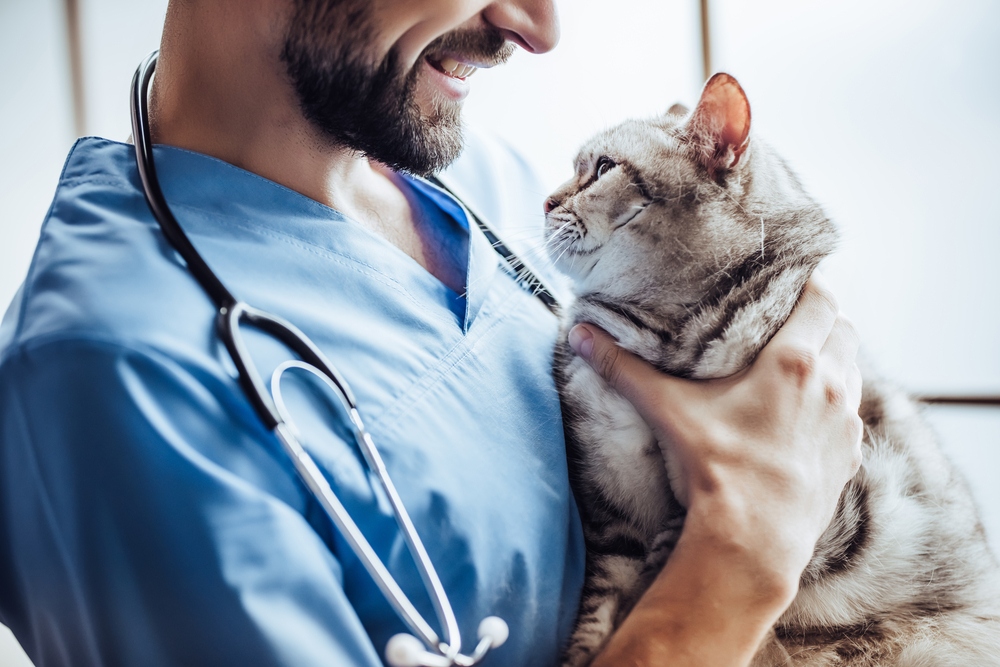
What Does Cerebellar Hypoplasia Look Like?
Since this is a developmental issue, it’s in kittens as young as newborns, but you may not notice any signs until a kitten starts to stand and venture around on their own. You’ll then notice that the kitten is clumsy or uncoordinated with movements that don’t make much sense. You might see:
- Wobbling or swaying when standing or walking
- Abnormal or jerky gait
- Tremors (when at rest or when trying to move)
- Overstepping
- Transitional difficulties from standing to sitting or sitting to standing
These signs don’t tend to get worse with age, so the manner in which your kitten moves around will stay about the same when they become an adult cat. The severity of the signs will depend on how developed the cerebellum was able to get, with some cats having nearly normal function and other kittens being severely hampered.
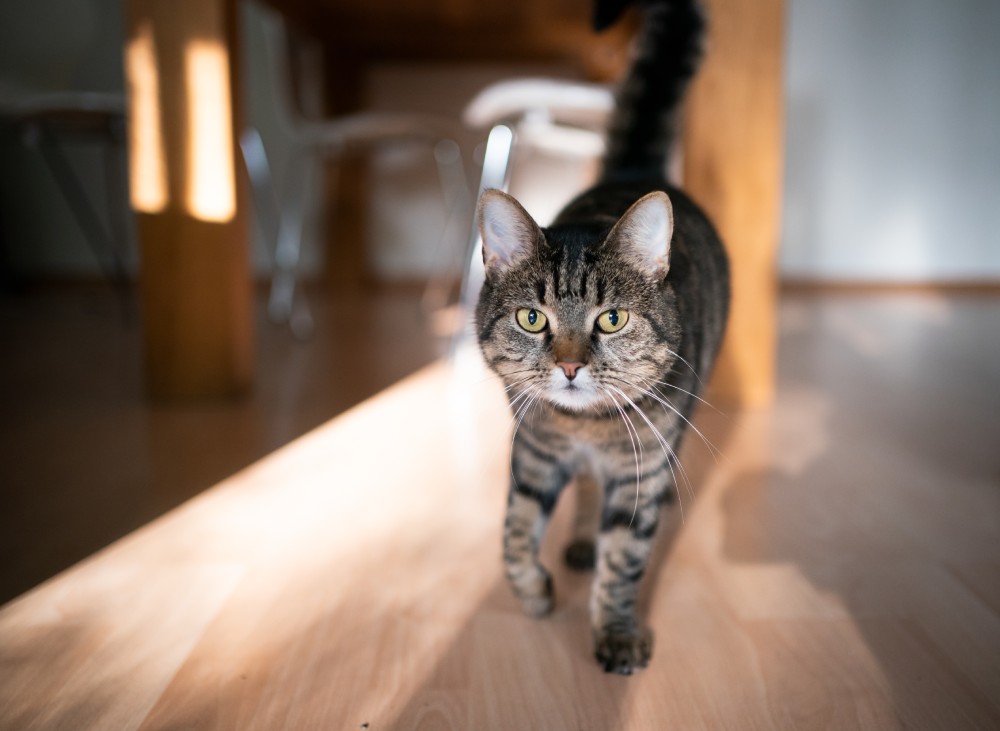
What Causes Cerebellar Hypoplasia in Cats?
Cerebellar hypoplasia starts while the brain is still developing. It is most often the result of the mother cat becoming infected with the feline panleukopenia virus (a highly contagious yet preventable issue) that is then passed on to the kittens in utero. The virus likes to attack rapidly dividing cells, so the digestive system and blood cells are major targets, often leading to vomiting, diarrhea, and increased risk of infections in older kittens and adults.
In very young kittens, the virus can also focus on the rapidly dividing cells of a developing brain, especially in the last few weeks of gestation or the very early days following birth. When in development the cerebellum was attacked will determine the severity of signs. So, the earlier the attack, the more severe the damage and vice versa. CH may affect one, several, or all kittens in a litter.
Making sure mother cats are vaccinated is the best way to prevent cerebellar hypoplasia in kittens. Feline panleukopenia virus is part of the common vaccine combination given to cats, called the RCP shot. Cats should receive this vaccine two to three times as kittens and then every 1–3 years afterward.
Cerebellar hypoplasia can also happen if a kitten suffers a brain injury during development or if the mother cat was severely malnourished during pregnancy. These causes are far less likely, though.
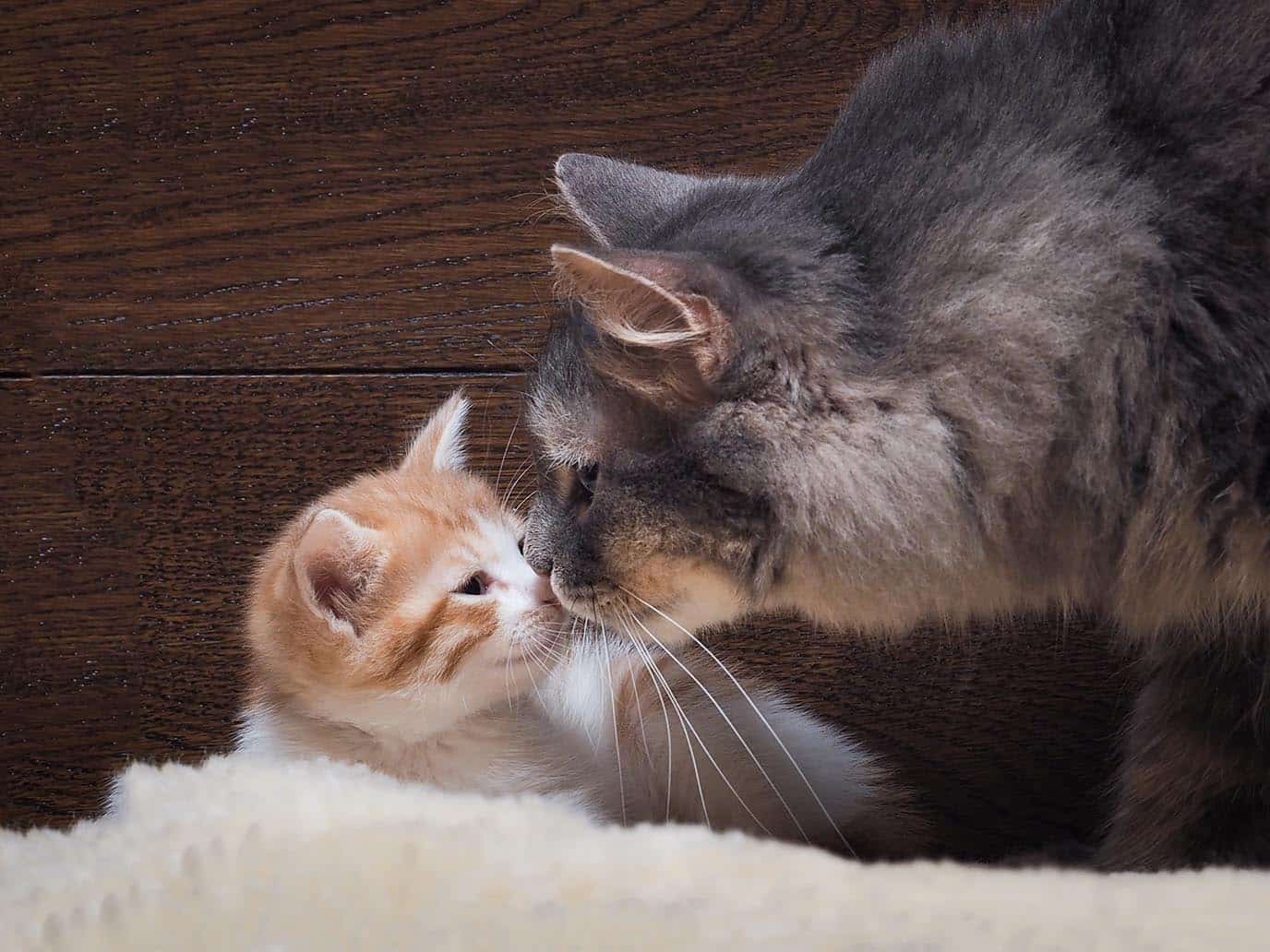
How Do I Care for a Cat With Cerebellar Hypoplasia?
If you’re interested in adopting (or already have!) a cat that is less than agile and could be described as clumsy, see your veterinarian. Cerebellar hypoplasia isn’t the only condition that could be causing a cat’s awkward or less-than-graceful movements, so you’ll want to be sure to first check for potentially painful or contagious issues.
Cerebellar hypoplasia may be diagnosed by ruling out other neurological or muscular issues or through observation and history. In certain cases, imaging may show a smaller than normal cerebellum.
CH isn’t painful or contagious, the signs don’t get worse, and it shouldn’t affect a cat’s lifespan, so there’s no need to worry or even treat the condition. Cats can be incredibly adaptive and will learn how to get around the best they can. However, you’ll still want to make accommodations for an affected cat to prevent injuries. These may include:
- Keeping your cat inside. Since their balance may be subpar, you’ll want to prevent falls by keeping them indoors, away from trees and other tall obstacles. These kitties may not be the best candidates for cat trees or leap-worthy shelving either. They likely can’t defend themselves very well, so help them avoid potential predators or bullies.
- Raised food and water bowls. CH affects fine motor skills, so you’ll want to help your kitty have access to their food and water with the least amount of navigation. Raised bowls can help with this.
- Large litter boxes. This is another way of making it easier for them to maneuver. Having a large litter box will make it easier to get into and move around to do their business with less risk of messing outside of it.
- Slippery floors can be tough for many cats, even those without CH, so providing rugs or carpet for traction can help them move around.
- Limiting their spaces. If you have stairs, window seats, etc., you may want to consider limiting your cat’s access to these areas to help prevent falls.
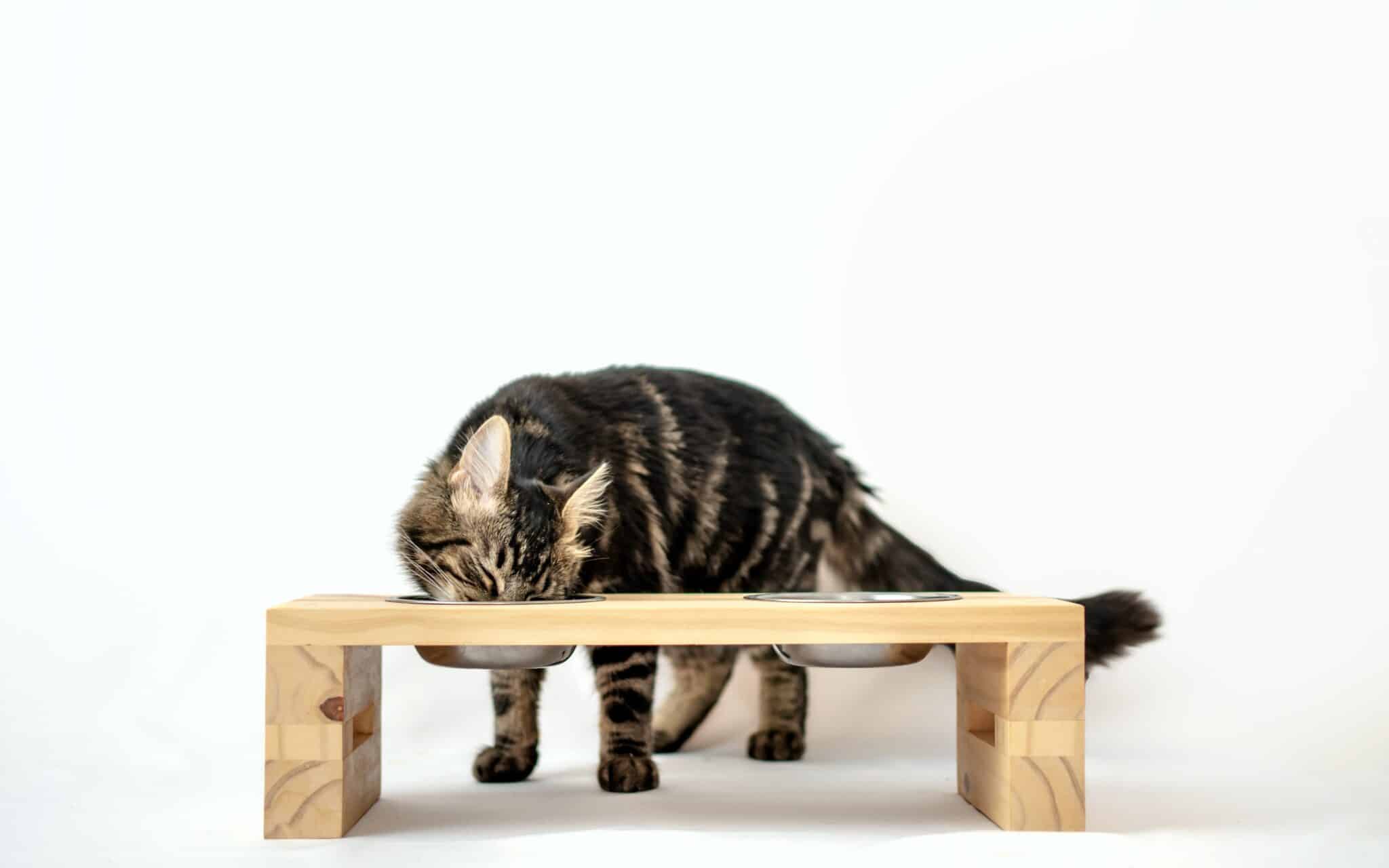

Frequently Asked Questions (FAQ)
What Is the Life Expectancy of a Cat With Cerebellar Hypoplasia?
Most kitties with this issue can live normal lives. They tend to adapt incredibly well, especially if they have an understanding owner who is willing to keep them inside and make necessary accommodations for them.
Can Cats Grow Out of Cerebellar Hypoplasia?
Brain damage or underdevelopment can’t be reversed; it lasts a lifetime. So, a cat with cerebellar hypoplasia won’t grow out of it. They also won’t get worse either, though, and can adapt extremely well to live a fairly normal and long life.
Do Cats With Cerebellar Hypoplasia Need Special Care?
Since a cat’s balance and coordination will be affected, they are best kept inside, away from predators and fall-risk objects. Indoors, you’ll want to prevent them from navigating the stairs and possibly attempting to jump onto your bed or furniture. Consider elevated dishes, large, non-enclosed litter boxes, and rugs for traction in their common areas.
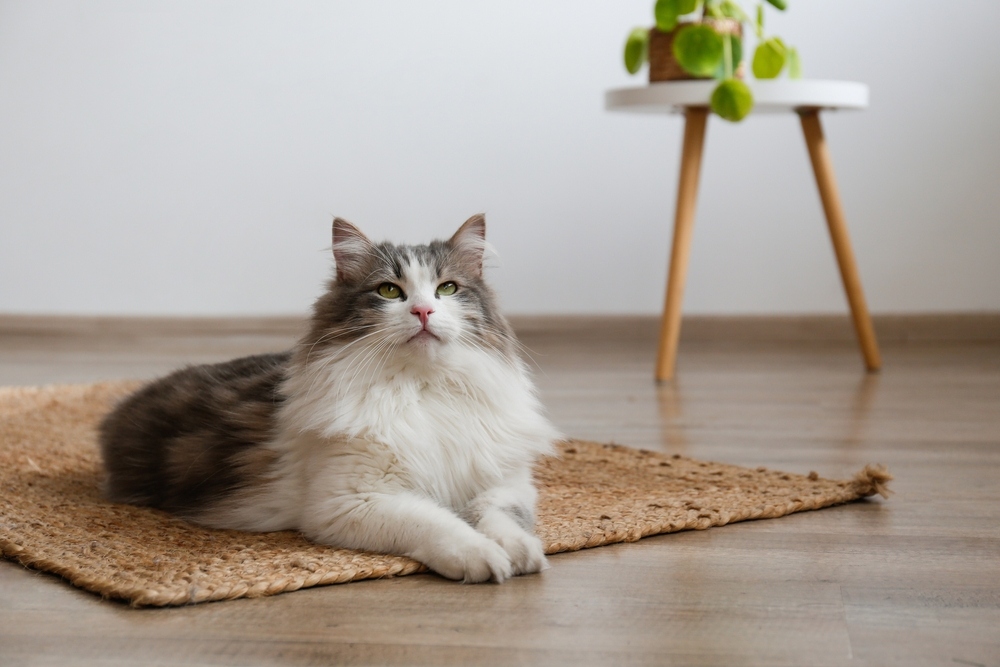

Conclusion
Cerebellar hypoplasia occurs when the cerebellum doesn’t develop fully, most commonly due to an infection from a feline panleukopenia virus that the mother passes to her babies. Signs of cerebellar hypoplasia can vary with the severity of the disease, and a cat will have the condition for life. However, it’s not contagious, painful, or progressive, so most kitties can live normal lives, especially with proper considerations.
Featured Image Credit: Casey Elise Christopher, Shutterstock
